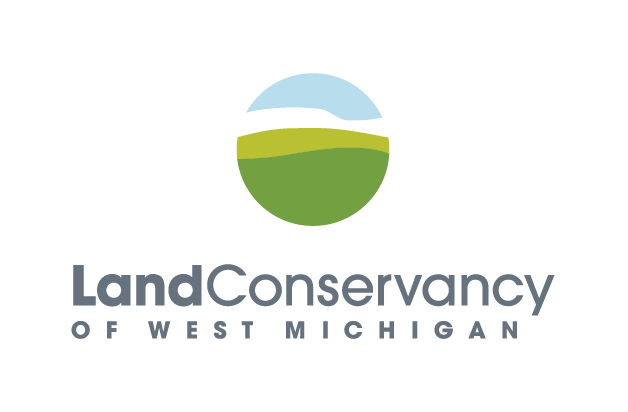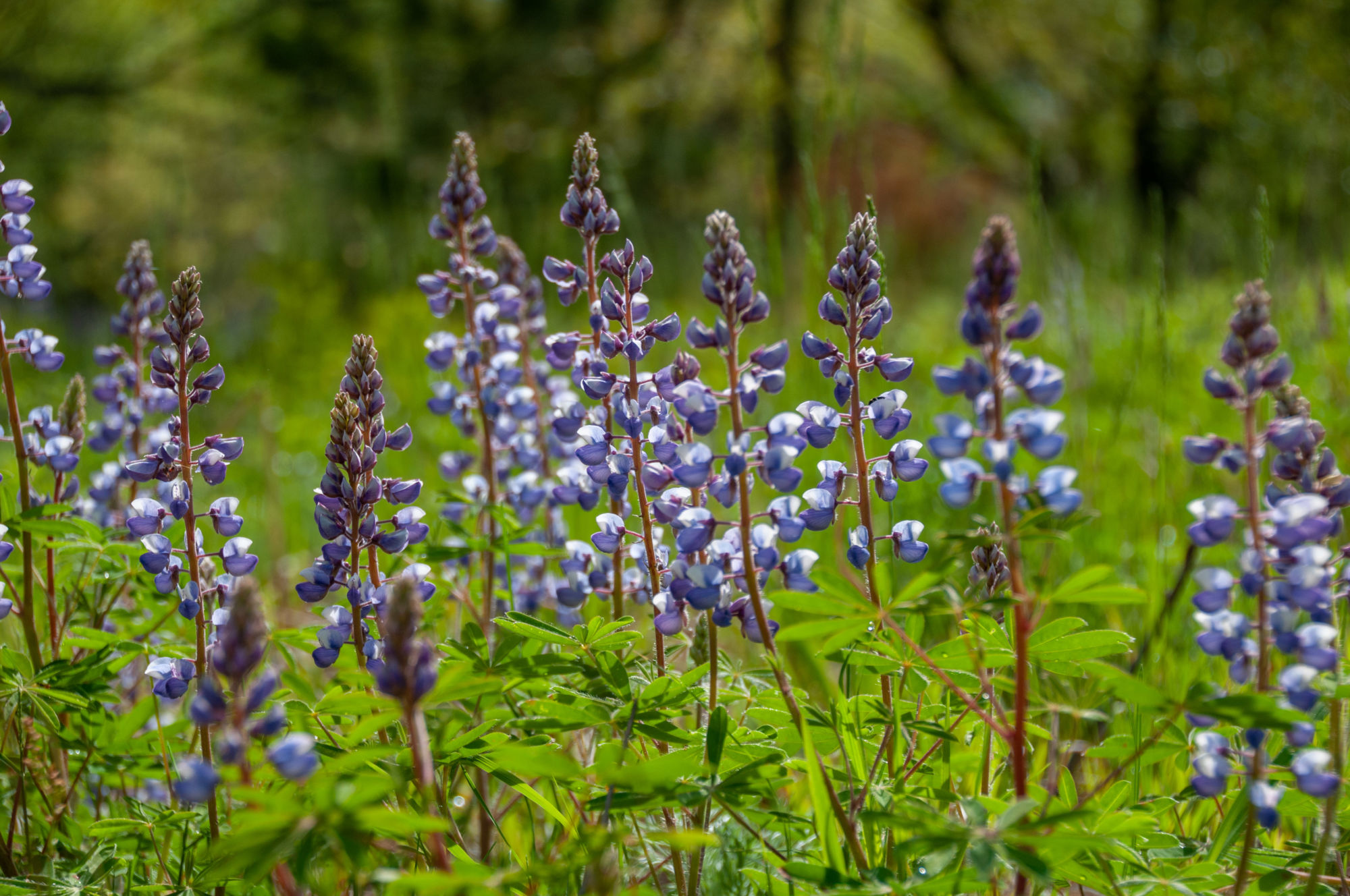
Saving our hemlocks
The deep green leaves of the Eastern hemlock add a dark, shadowy character to the forest. The stately trees can live for hundreds of years, but an invasive pest is devastating their populations.
Hemlock wooly adelgid (HWA) is an insect that feeds on the sap of hemlock and spruce trees. With no natural predators in eastern North America, it has elevated Eastern hemlock to a “near threatened” conservation status. It has affected hemlocks all over the United States and was first discovered in West Michigan in 2016. Since then, it has spread along the lakeshore, where hemlocks are especially prevalent along north- and east-facing dune slopes and near the many streams that flow into Lake Michigan.
“It can now be found from Allegan County up to Mason County and continues to spread. Within that area, it is likely that the majority of hemlocks are infested. This includes our preserves,” said Stewardship Manager Lucas Dykstra.
Of the seven LCWM preserves that have hemlock trees, HWA has been confirmed on five of them. The remaining two likely harbor the pest, despite no confirmed sightings.
Though HWA poses a grave threat to the hemlock trees, there is hope in a pesticidal treatment that protects the trees from the insect.
Lucas and Land Protection Specialist Anna Kornoelje have been hard at work surveying hemlocks on the preserves with a confirmed presence of HWA.
“This is being done to determine treatment needs and how many trees we’re able to save,” Lucas said.
The amount of treatment applied is determined by the size of the tree. All hemlocks need to be measured and recorded to develop the approach to treatment.
“DePersia and Kuker-VanTil have already been fully surveyed, with others coming up soon,” Lucas said. “Flower Creek Dunes, as anyone who’s had the pleasure of visiting can attest, has a massive hemlock population. Despite having around 1,900 data points so far, many of those points have multiple trees. As a result, we’ve probably measured 2,500 trees or more at Flower Creek Dunes alone.”
Including DePersia and Kuker-VanTil, the total number of trees surveyed is nearly 4,000.
“Once the hemlocks have been surveyed, we can calculate our treatment areas and then begin treating. Treatment began in 2021 on two preserves and will continue across all infested nature preserves in 2022 and beyond,” Lucas said.
After treatment, a waiting game ensues. It takes between 4-10 years for HWA to kill a tree. The treatment should protect them for 6 years, meaning the next application may not be necessary for another decade. In the meantime, the preserves will be monitored to determine the effectiveness of the treatment.
The efforts could preserve the future of these beautiful trees, not to mention all the creatures that depend on them.
“Aside from their inherent value as a species, hemlocks provide a vast array of ecosystem benefits,” Lucas said. “These include shading streams for fish, such as trout, that need cold water. Being found along streams, they also help improve water quality by filtering nutrients and preventing stream-bank erosion. Birds and mammals will nest in tree cavities, and many other critters find homes among the branches. Dense stands offer shade and shelter from the elements for all manner of wildlife. Since hemlocks are prevalent on sandy dunes, they also play a critical role in holding soil and preventing destabilization of the dunes they inhabit.”
Keeping hemlocks present and protected on LCWM preserves will provide all these ecosystem benefits, and these lands can act as hubs for wildlife that use the trees.
You can help, too! If you have hemlocks on your property, there are resources out there to help treat them! Email us at lcwm@naturenearby.org to learn more.








Joe Engel
Wonderful, if not sobering educational piece on one of our most iconic West Michigan trees. Keep up the good (and patient) work!